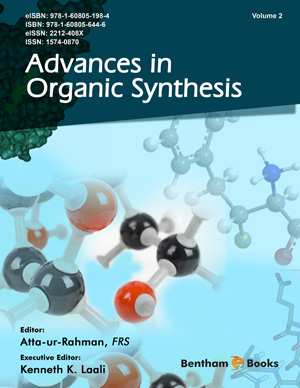Abstract
SHS investigation development is considered from the geographical and historical viewpoint. 3 stages are described. Within Stage 1 the work was carried out in the Department of the Institute of Chemical Physics in Chernogolovka where the scientific discovery had been made. At Stage 2 the interest to SHS arose in different cities and towns of the former USSR. Within Stage 3 SHS entered the international scene. Now SHS processes and products are being studied in more than 50 countries.
Abstract
Elemental fluorine is a highly reactive reagent which could destroy almost any organic compound or perfluorinate it under controlled conditions. However, under the right set of conditions, it may act as an electrophile and as such, it can be a powerful electrophile indeed. This chapter describes some regio- and stereospecific electrophilic fluorination at saturated tertiary sp3 centers, which are usually very unreactive and cannot participate in specific organic reactions. It was concluded that the higher the hybridization on p of these centers, the better is the outcome of the reaction. In many cases, the substitution of such tertiary hydrogen takes place in yields of 70% and more. Such fluorinations, which were carried out on a wide variety of organic compounds, provide an excellent opportunity for dehydrofluorination reactions to form double bonds and hence are considered to enable functionalization of “impossible sites” in organic molecules. Elemental fluorine was also used for fluorination of double bonds, in a syn mode, replacing the old and inefficient method of reacting olefins with Pb(OAc)4 and HF. Acetyl hypofluorite is easily and readily made from sodium acetate and F2. It proved to be a very useful reagent for fluorination of activated aromatic compounds, for addition across double bonds, in order to synthesize biologically important fluorine containing derivatives, for constructing α- fluoro carbonyl and ether derivatives and for use in Positron Emitting Tomography (PET).
Recommended Chapters
We recommend

Authors:Bentham Science Books


 Download PDF Flyer
Download PDF Flyer



